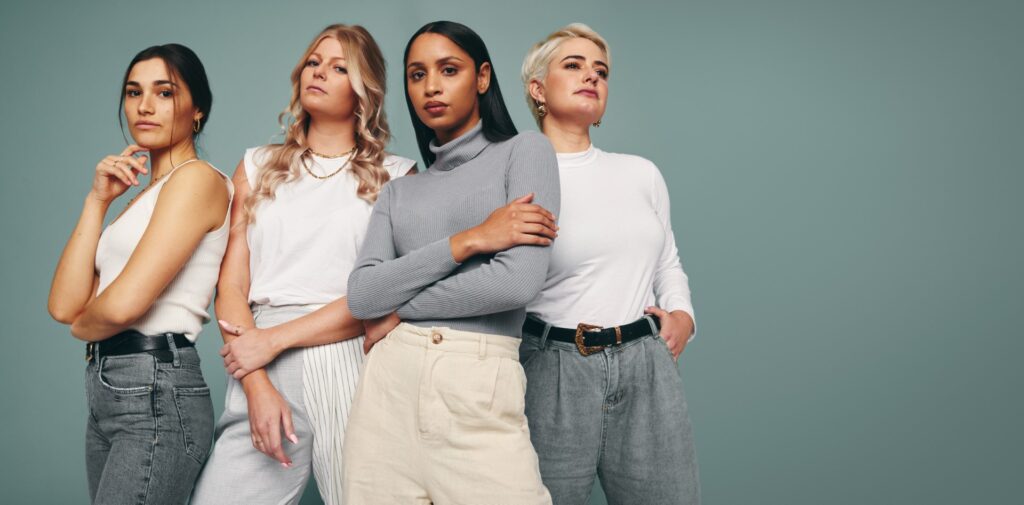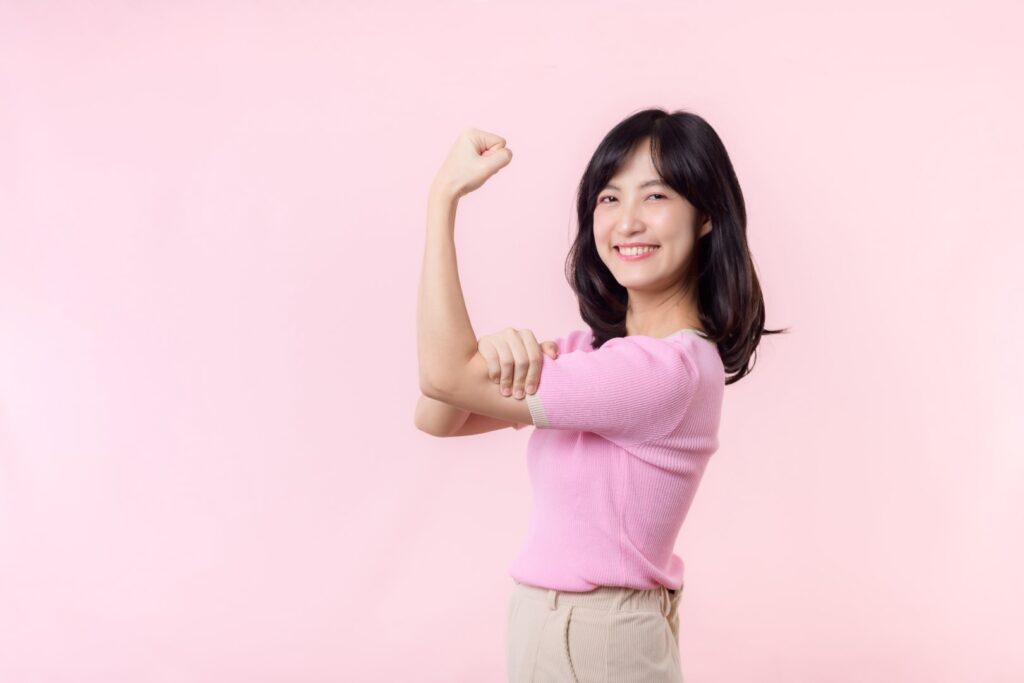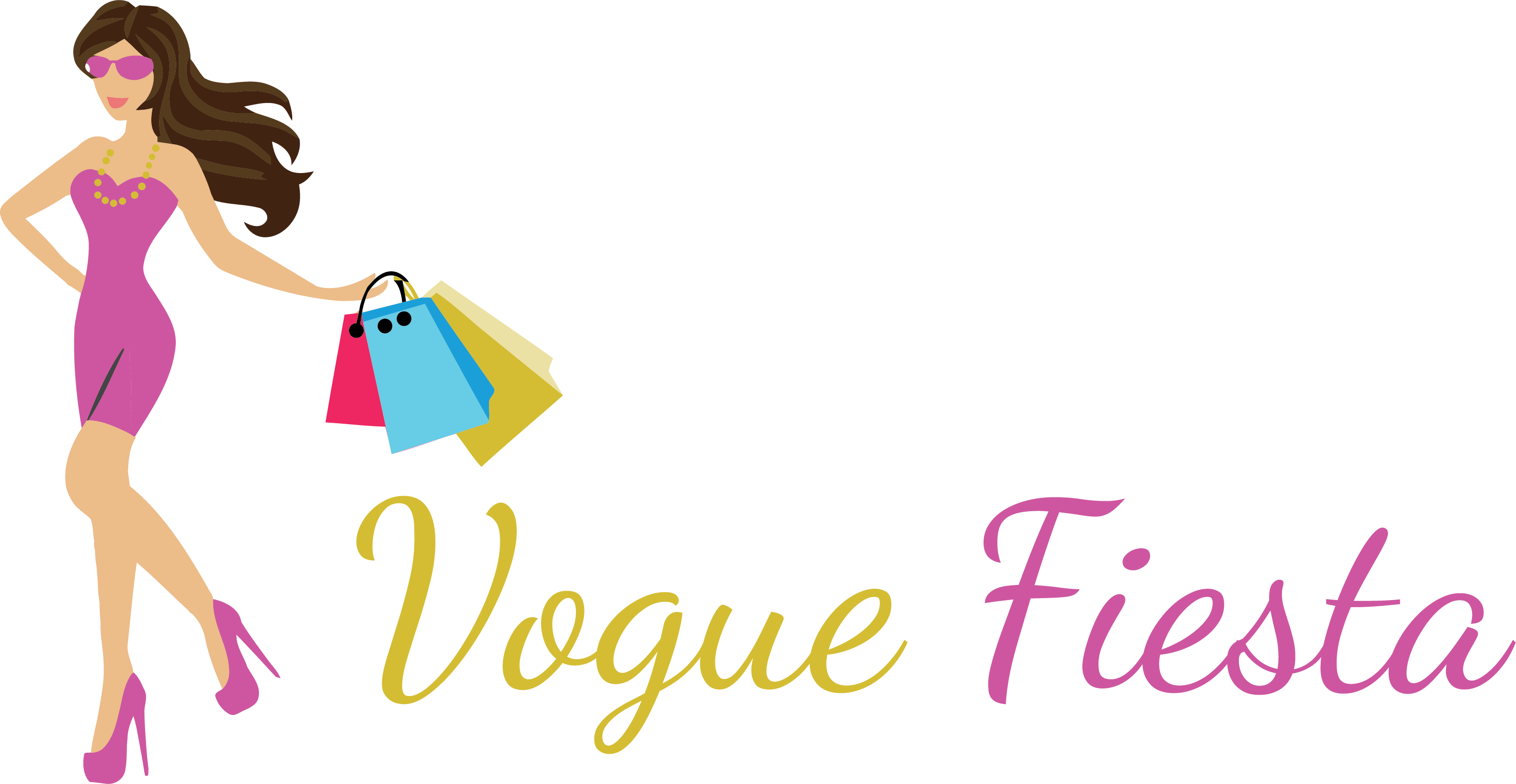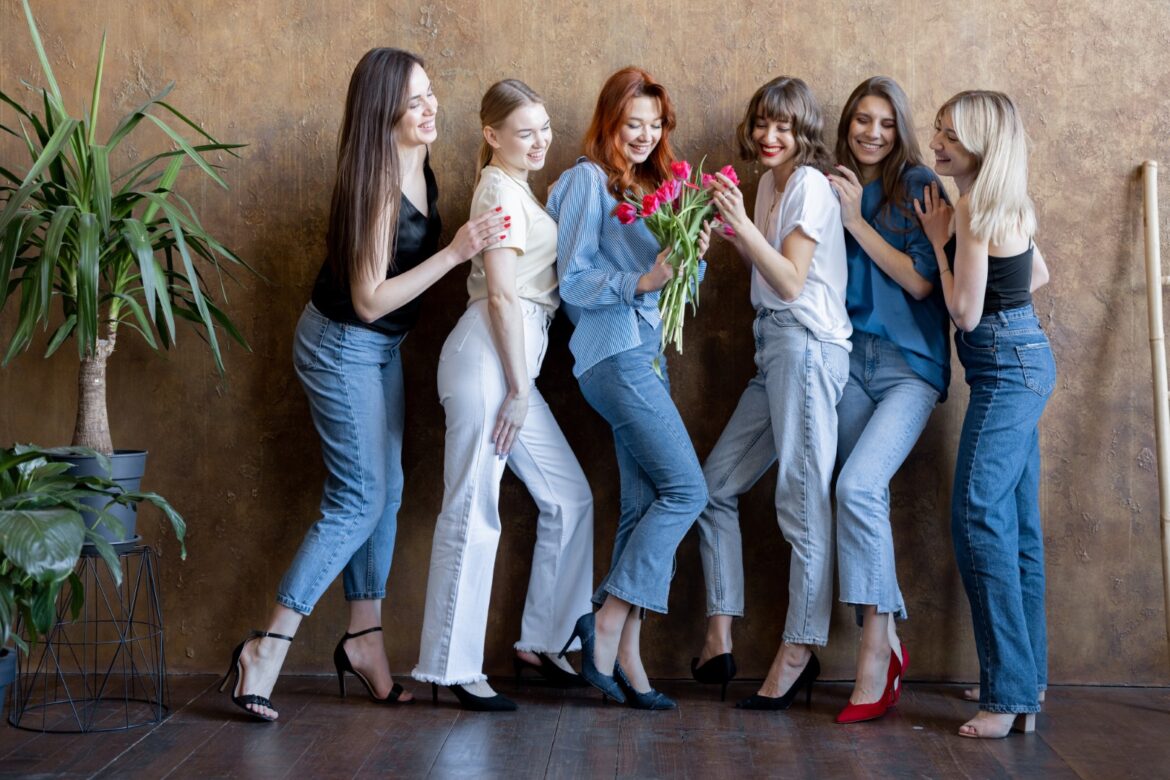Fashion has always been a significant vehicle for uniqueness and self-expression. It gives people a platform to display their unique sense of style and identity. But fashion is more than simply clothes; it has the potential to be a potent force for social and political transformation. For instance, the feminist movement has discovered a method to utilize fashion to question gender expectations and advance equality.

In the past, fashion reflected the values of the ruling society. Particularly for women, dress has been used to denote social standing. For instance, women were obliged to wear constrictive corsets in the 19th century to signify their status as delicate and frail people by restricting their ability to move or breathe. Fashion, however, evolved into a means for women to defy these expectations and assert their independence as they started to struggle for their rights.
Examples of how fashion is used as a tool in the feminist movement.
- The “bloomer” costume was one of the first instances of fashion being utilized as a tactic for the feminist movement. Amelia Bloomer, a feminist from the United States, popularised a look in the middle of the 19th century that featured loose-fitting trousers underneath a knee-length skirt.
- Women may move more freely in this pleasant, functional style. It also questioned the conventional wisdom that women should only dress in skirts and dresses. Although they did not catch on, bloomers opened the door for new styles of useful and cozy apparel for women.
- Throughout the 1960s and 70s, the feminist movement gathered steam, and fashion once again became a platform for protest. To defy gender stereotypes and express their equality in the workplace, women started to wear pantsuits, which were typically worn by men.
- The advent of the miniskirt coincided with the women’s liberation movement, allowing women to express their sexuality and reject the notion that they should be modest and submissive.
- The objectification of women’s bodies has recently been contested by the feminist movement using fashion. The #MeToo movement has raised awareness of the sexual harassment and abuse that many women experiences, frequently as a result of how they dress.
- Some women have started donning apparel with statements that oppose this objectification in response. Women in Ireland, for example, protested a rape trial where the victim’s choice of trousers was used against her by donning trousers with the phrase “This Is Not Consent” written on them.
- The feminist movement has benefited from the promotion of inclusivity and diversity thanks in part to the fashion industry. In fashion advertisements, plus-size models and models of color have become increasingly visible, challenging the conventional beauty standards that have shunned women who don’t conform to a particular mold. Also, the emergence of gender-neutral apparel has given people another avenue to question established gender roles and advance equality.
- Women have used clothing and accessories to spread political messages and bring attention to a variety of topics as a part of their feminist activism. To protest how President Donald Trump and his administration treat women, for instance, ladies have been seen donning “pussy hats” lately. To defend women’s rights and encourage them to speak up, phrases like “Nevertheless, she persisted” and “My body, my choice” have been printed on apparel and accessories.

In conclusion, the feminist movement has benefited greatly from the contribution that fashion has made by offering a strong platform for action and self-expression. From the 19th-century bloomers to the gender-neutral clothes of today, fashion has questioned gender expectations, supported variety and inclusivity, and pushed women to claim their equality and independence. Fashion will surely continue to be an important weapon for social and political change as the feminist movement develops. In addition to giving women a platform to express themselves and draw attention to pressing concerns, fashion can be a potent instrument for feminist action.

